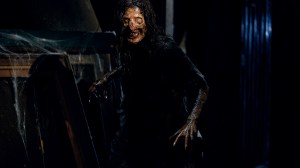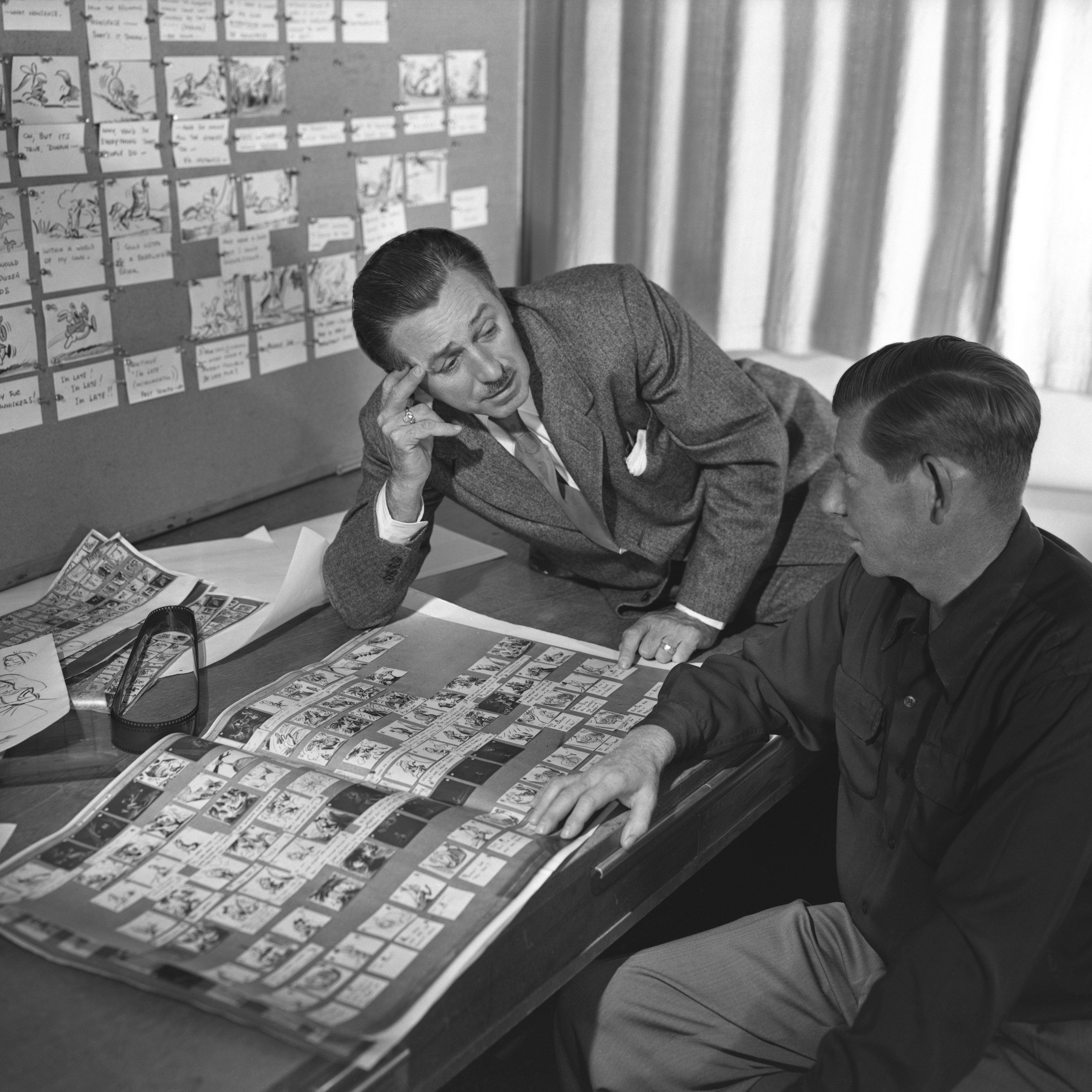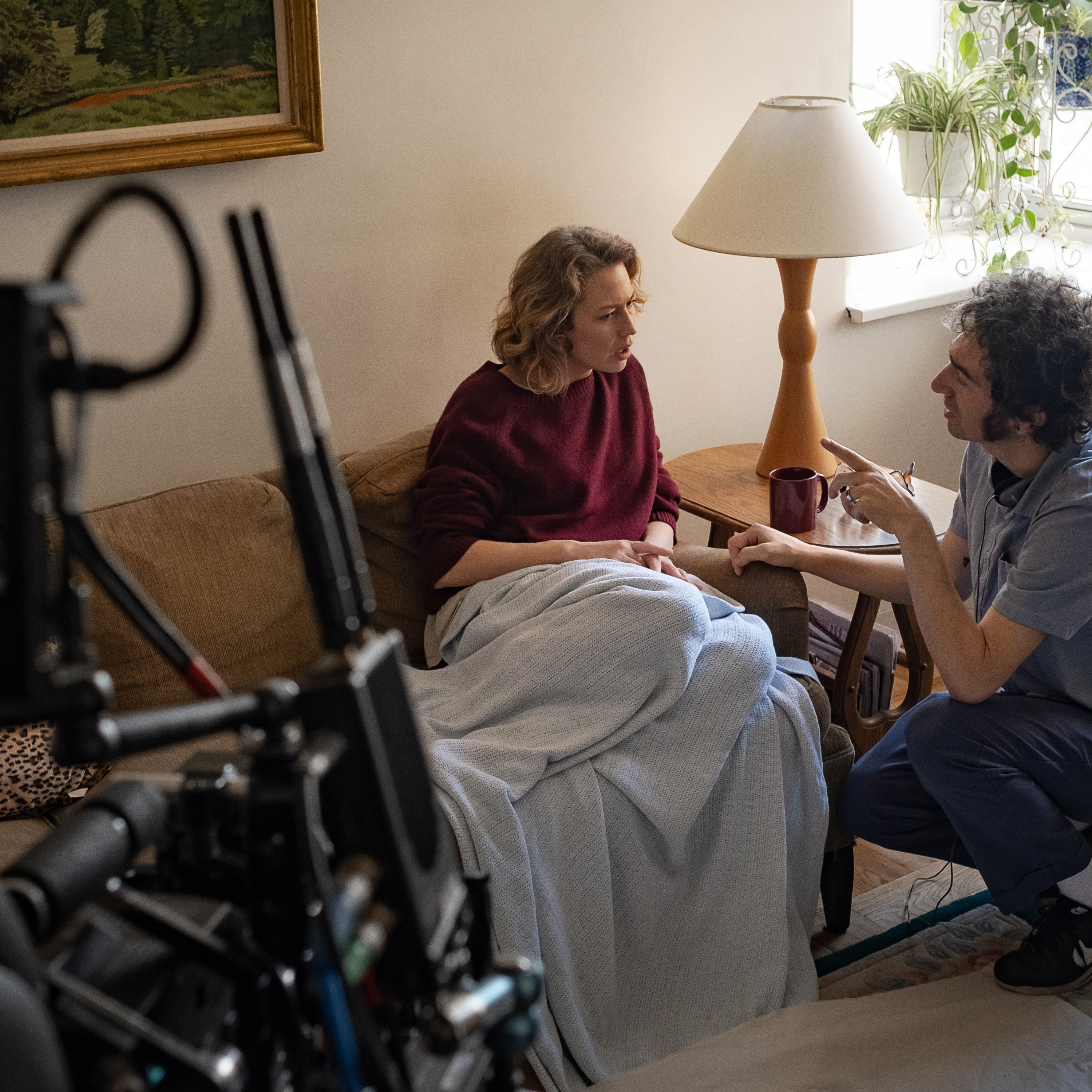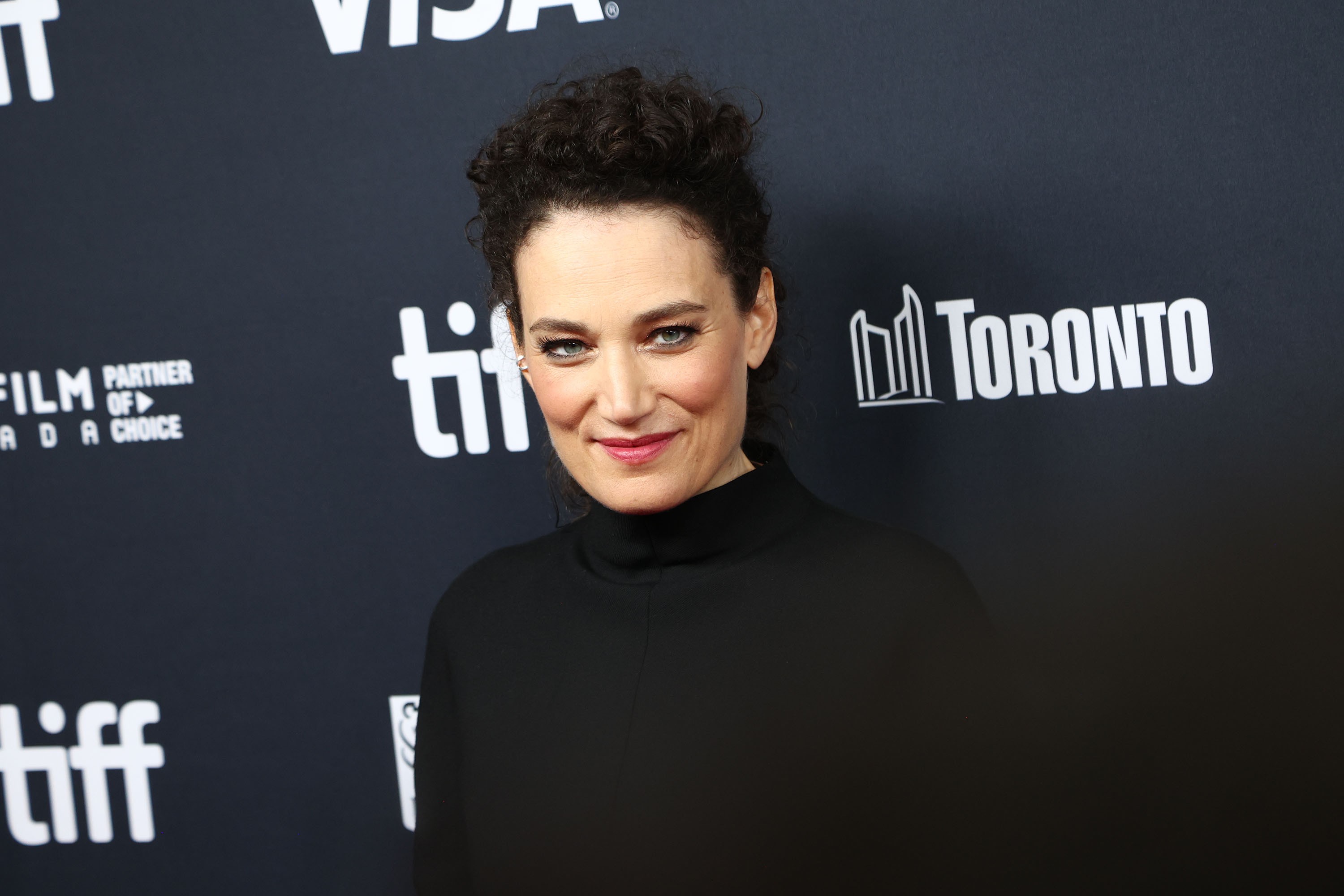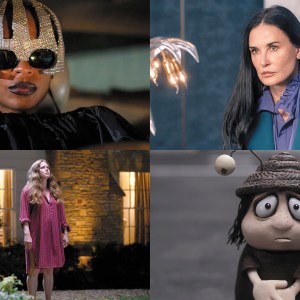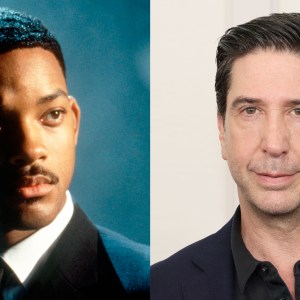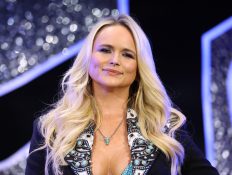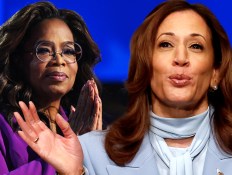By providing your information, you agree to our Terms of Use and our Privacy Policy. We use vendors that may also process your information to help provide our services. This site is protected by reCAPTCHA Enterprise and the Google Privacy Policy and Terms of Service apply.
How ‘The Featherweight’ Flawlessly Replicates the Look and Sound of the 1960s
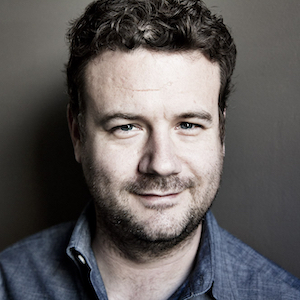
Jim Hemphill

Director Robert Kolodny‘s “The Featherweight” tells the story of Willie Pep (James Madio), a retired boxing champ who decides to make a return to the ring in the mid-1960s when he’s well past his prime, accompanied by a documentary crew. It’s a true story, and although “The Featherweight” is not a documentary, it appropriates the cinematic language of the documentary to incredible effect. Kolodny and his team (production designer Sonia Foltarz, editor Robert Greene, costume designer Naomi Wolff Lachter, and cinematographer Adam Kolodny, the director’s younger brother) replicate the look and feel of 1960s cinéma vérité with such detail and accuracy that you’ll swear you’re watching something from the era right from the opening frames.
To learn how to achieve the desired effects, Kolodny went straight to the source, studying 1960s documentaries by Frederick Wiseman, D.A. Pennebaker, and Albert and David Maysles. “Adam and I developed a shorthand for how we would block out scenes, largely based on how Al Maysles would shoot,” Kolodny told IndieWire. “He would always put himself in the corner on a wide lens, and as he felt he was in a safe place covering the scene, he would punch in and then pivot around the room, getting reaction shots and some close-ups. We presumed that would be our main style of shooting, and then on a case-by-case basis we would veer off into a Pennebaker style, which is a little more kinetic.”
Although “The Featherweight” looks like it was shot off the cuff by a real documentary crew, in fact, the shots were carefully planned and storyboarded. One way that Kolodny achieved a naturalistic flavor was to build in 30 minutes at the beginning of each scene during which the actors would improvise in character before getting down to what was scripted. “We would document these moments and some of them made it into the film,” Kolodny said. “This was in order to have more of the ephemeral feeling of non-fiction, moments you can’t predict that feel incredibly unscripted because they are. I’ve spent the past 10 years of my career as a documentary cinematographer. This is my first foray into fiction. I love those moments of pure documentary magic, and it’s hard to manufacture them.”
Kolodny’s approach required a heavy lift from department heads like Foltarz, who had to design sets in 360 degrees so that the actors could rove around and the camera could follow them. “Connected to that, the lighting had to be 360 as well, so we devised a lot of practicals,” Kolodny said. “There was a lot of lighting through windows so that the actor wouldn’t have some idea, move around, and then we would catch a stand or something. It took a lot of forethought and schematics.”

One of the most astonishing aspects of “The Featherweight” is the texture of the image, which looks exactly like a 16mm color documentary from the 1960s. Arriving at that look required extensive pre-production planning on the part of the Kolodny brothers. “My brother and I spent a lot of time testing out lenses, testing out looks, figuring out how to achieve something as close to the direct cinema look as possible,” Kolodny said. “For all of the present tense stuff, which is 1964, we landed on an ARRI Alexa camera, which can reallocate its sensor to a 16mm size sensor.”
Shooting on the Alexa meant that the filmmakers could use 16mm lenses, so they got their hands on period 1960s and 1970s lenses to replicate the look of the era. “Then we had a cocktail of filtration in front of that, to have this kind of halation in the image with milky tones and no true blacks,” Kolodny said. “We worked with a great dailies colorist named Kevin Ratigan who built us a picture LUT that we were exposing for, and then the other side of that is our colorist at the end, Sam Daly. He is an incredible colorist who worked with Al Maysles for many years at the beginning of his career. He really helped us hone the aesthetic in terms of the film emulation, the use of grain, the continued use of halation, and color temperature.”
For the 1940s flashback scenes depicting Pep’s days of glory in the ring, Kolodny shot on film with a combination of super-16mm and super-8mm. “We also utilized some actual archival in the film that helps sell some of the aesthetic,” Kolodny said. “Specifically for the fights which present themselves as newsreels, a lot of that is actual newsreel footage of Willie Pep fighting. So you’ll see the real Willie Pep in wide shots at Madison Square Garden, and the close-ups will have James Madio. And we found some incredible archival exteriors of New York City streets and Miami streets that we painstakingly searched for to find something that felt like the way that we shot, so that it could have a seamless feeling.”

The movie’s sound design is every bit as meticulous as the look and equally instrumental in selling the film as a documentary. Again, Kolodny took his cue from the direct cinema documentaries of the 1960s. “So much of the texture of those films comes from the sound because they’re completely divorced from how we presume a movie should sound,” Kolodny said. “If you’re on a wide-angle lens and you’re close to somebody visually, in these films you could also hear it. There’s the sound of film going through the camera, through the gate. Or they’re far away and you don’t want to break the moment, maybe your boom operator doesn’t go over there. And so everything feels off mic.”
On set, Kolodny’s sound mixer, Max Cooke, tried to replicate the circumstances of documentary filmmaking. “He considered the actual practical applications of what the film team would have access to,” Kolodny said. “There wouldn’t be lavaliers at this time, so the presumption is everything should go through a boom. And then that is heightened in the sound mix.” Sound designer Ryan M. Price had a novel idea that added another layer. “He was like, ‘I get the film. I think we should treat it like a restoration of a 1960s documentary.’ And that really unlocked something for us, because there’s also this idea of how we hear these films in a contemporary sense. If you get the Criterion edition of ‘Salesman,’ it doesn’t sound exactly how it sounded when it came out in 1967. It sounds sweetened in a way, but there’s also this distance and cleanness that’s put on top of everything else, and so we actively tried to make it sound like that.”
The final step in selling the documentary illusion was the editing, and it was the most laborious. “We would really scrutinize every cut in the film,” Kolodny said. “The editor, who is also a producer on the film, was Robert Greene, who’s an amazing director in his own right. He’s made movies like ‘Kate Plays Christine,’ ‘Procession,’ and ‘Bisbee ’17,’ all of which I’ve shot on. So we have a long collaboration and it was cool to switch roles.” Kolodny and Greene studied Wiseman’s work in particular to find the rhythm for “The Featherweight.”
“If you look at a Frederick Wiseman movie, he does this thing where he’ll show a close-up of something for what feels like two seconds, and then he’ll cut out to a wide, and that wide will be 40 seconds long,” Kolodny said. “It’s a peculiar way of cutting, but it actually informs the way in which we’re receiving the images as an audience. We looked at all of our takes and asked how we could build in rhythmically what it feels like to watch one of these films, because it does lull you into a particular sense of viewership. There was just a ton of work that went into how we hit the beats — there would be days in the edit where we would argue over two or three frames, and that would be the day’s work.”
“The Featherweight” is in theaters September 20.
By providing your information, you agree to our Terms of Use and our Privacy Policy. We use vendors that may also process your information to help provide our services. This site is protected by reCAPTCHA Enterprise and the Google Privacy Policy and Terms of Service apply.

